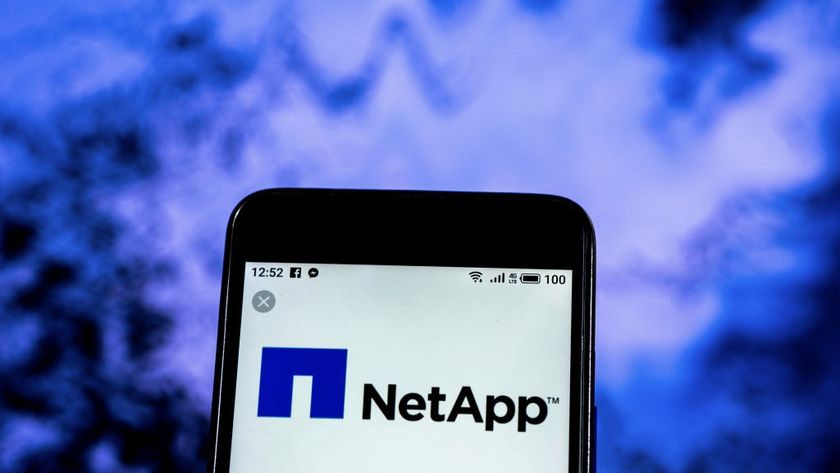The current state of desktop virtualisation
Why aren’t more people taking advantage of the benefits of desktop virtualisation? Simon Brew looks at the current state of play…
Gartner, though, argues "virtualisation continues to deliver IT savings and efficiencies, and is the foundation for many IT initiatives". Not for nothing did it forecast spending growth of 23.7 per cent through to 2014.
Education remains part of the challenge, though. There is, after all, expertise that a business will either need, or will have to buy in.
Getting the message
Fortunately, many companies are well set up to offer just that kind of expertise, although they also need to be versed in properly communicating the benefits of it in the first place.
Furthermore, what they also should be getting across is the controls that virtualisation allows a business to put in place. Using a specialised solution, such as VMware or Wyse, it's possible to limit what individual users are able to access and do on a given machine. This extends too to remote working. A user's desktop, or digital working environment, can still be centrally managed, with all the advantages that brings. As the trend continues towards remote working, those benefits will escalate.
In particular, as smartphone and tablet growth accelerates still further, the benefits of having virtualised applications, that perhaps wouldn't run natively on the client in question, are compelling.
Get the ITPro. daily newsletter
Sign up today and you will receive a free copy of our Focus Report 2025 - the leading guidance on AI, cybersecurity and other IT challenges as per 700+ senior executives

















